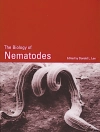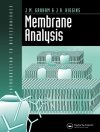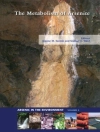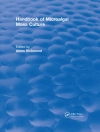The development of an area of scientific research is a dynamic process with its own kinetic equations and its own physical mech- anism. The study of fast chemical interactions and transformations is such an area, and while it is tempting to draw analogies or to speculate about the simplest model system, the lack of ade- quately averaged observables is an annoying obstacle to such an undertaking. Sciences suffering from such conditions usually avoid quantitative models, be they primitive or complex. Instead, they prove their point by "case histories". Chemical relaxation kinetics started as an offspring of research in acoustics. In some aqueous ionic solutions anomalous acoustic absorption had been observed. A systematic study traced the cause of this absorption, showing that the covered frequency range and the intensity of the absorption were related in a predictable manner to the rate at which ions can interact and form structures differing in volume from the non interacting species. The step from this experimental observation and its correct, non- trivial explanation to the discovery that all fast chemical pro- cesses must reveal themselves quantitatively in the relaxation rate of a perturbed equilibrium state, and that perturbation para- meters other than sound waves can be used for its exploitation, was made by MANFRED EIGEN in 1954. The foresightedness of K.F.
I. Pecht & R. Rigler
Chemical Relaxation in Molecular Biology [PDF ebook]
Chemical Relaxation in Molecular Biology [PDF ebook]
ซื้อ eBook เล่มนี้และรับฟรีอีก 1 เล่ม!
ภาษา อังกฤษ ● รูป PDF ● ISBN 9783642811173 ● บรรณาธิการ I. Pecht & R. Rigler ● สำนักพิมพ์ Springer Berlin Heidelberg ● การตีพิมพ์ 2012 ● ที่สามารถดาวน์โหลดได้ 3 ครั้ง ● เงินตรา EUR ● ID 6333963 ● ป้องกันการคัดลอก Adobe DRM
ต้องใช้เครื่องอ่านหนังสืออิเล็กทรอนิกส์ที่มีความสามารถ DRM












